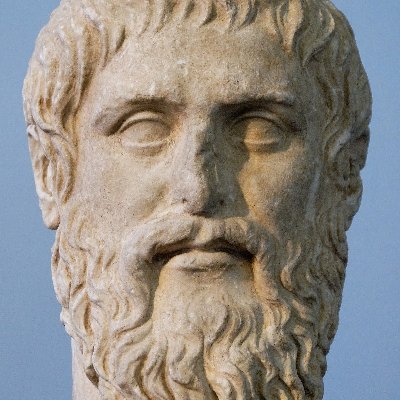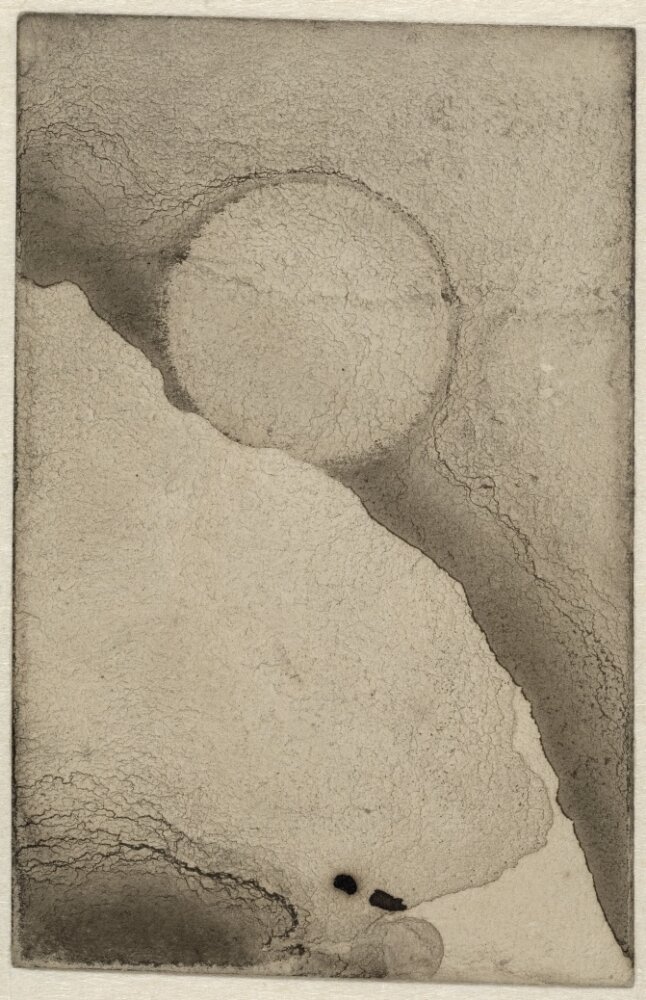Victor Hugo is most famous for writing beloved novels like Les Misérables and The Hunchback of Notre Dame.
But he was also one of the greatest painters of the 19th century.
And Hugo's art, kept secret until after his death, is unlike anything you've seen before...





















